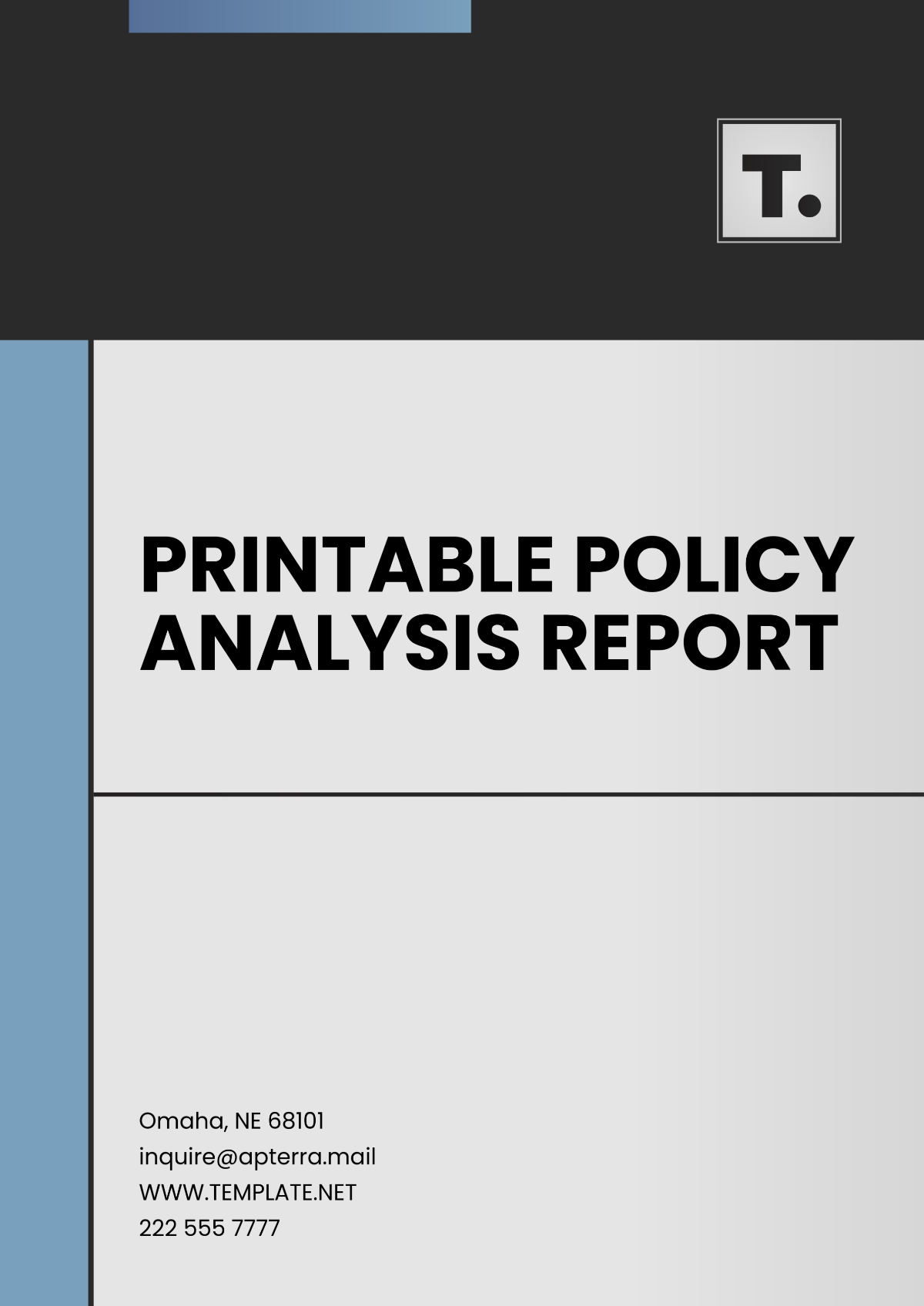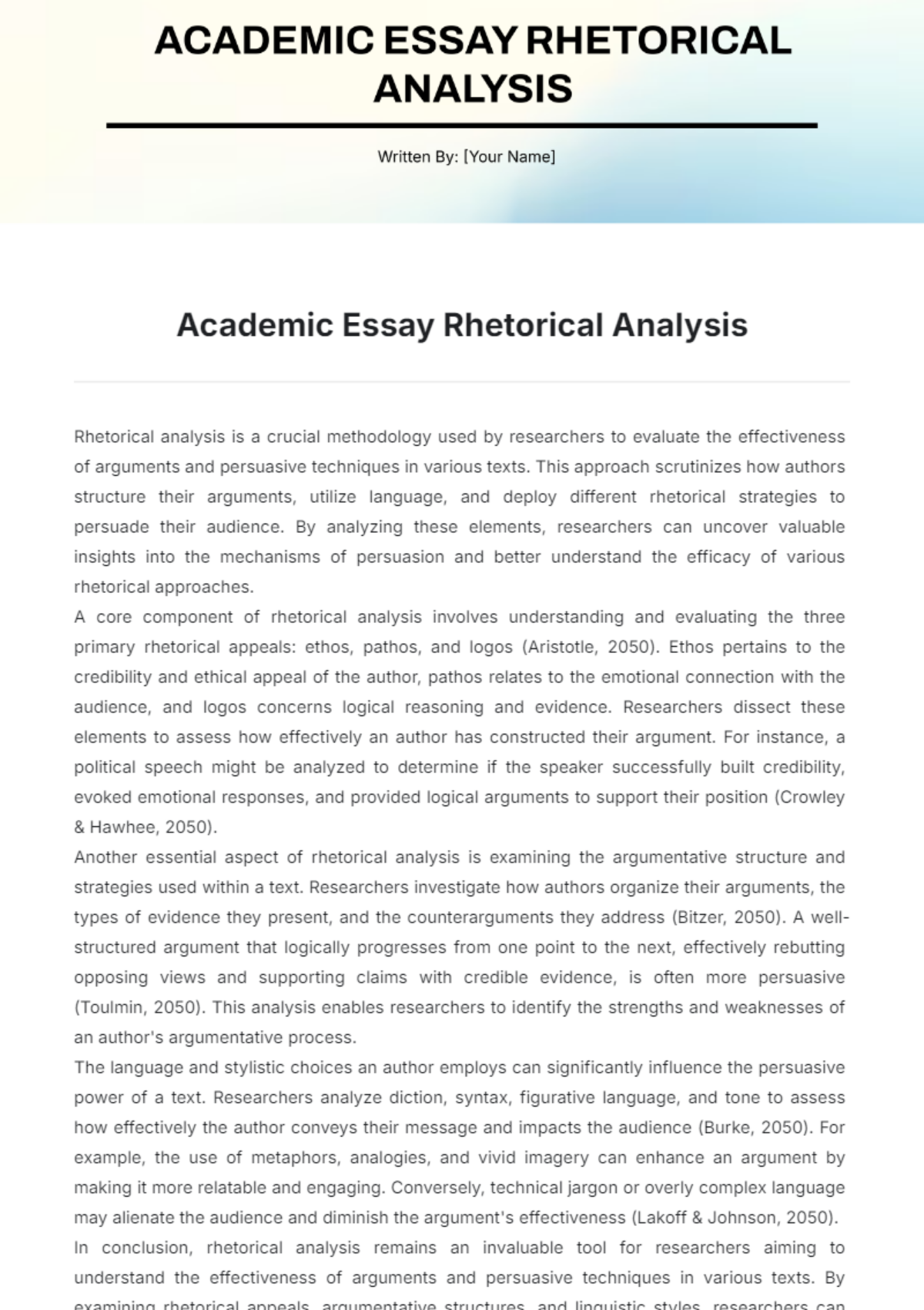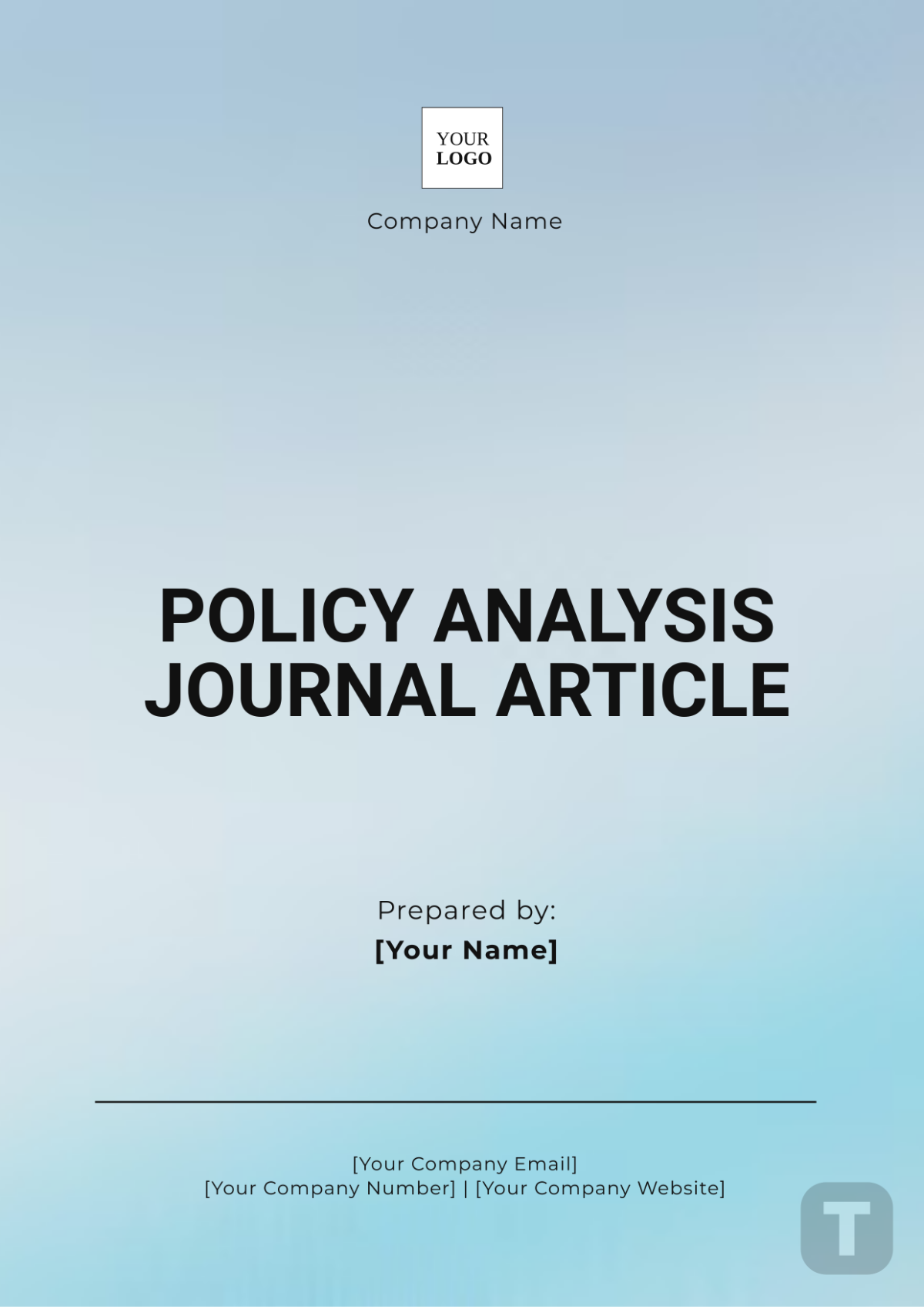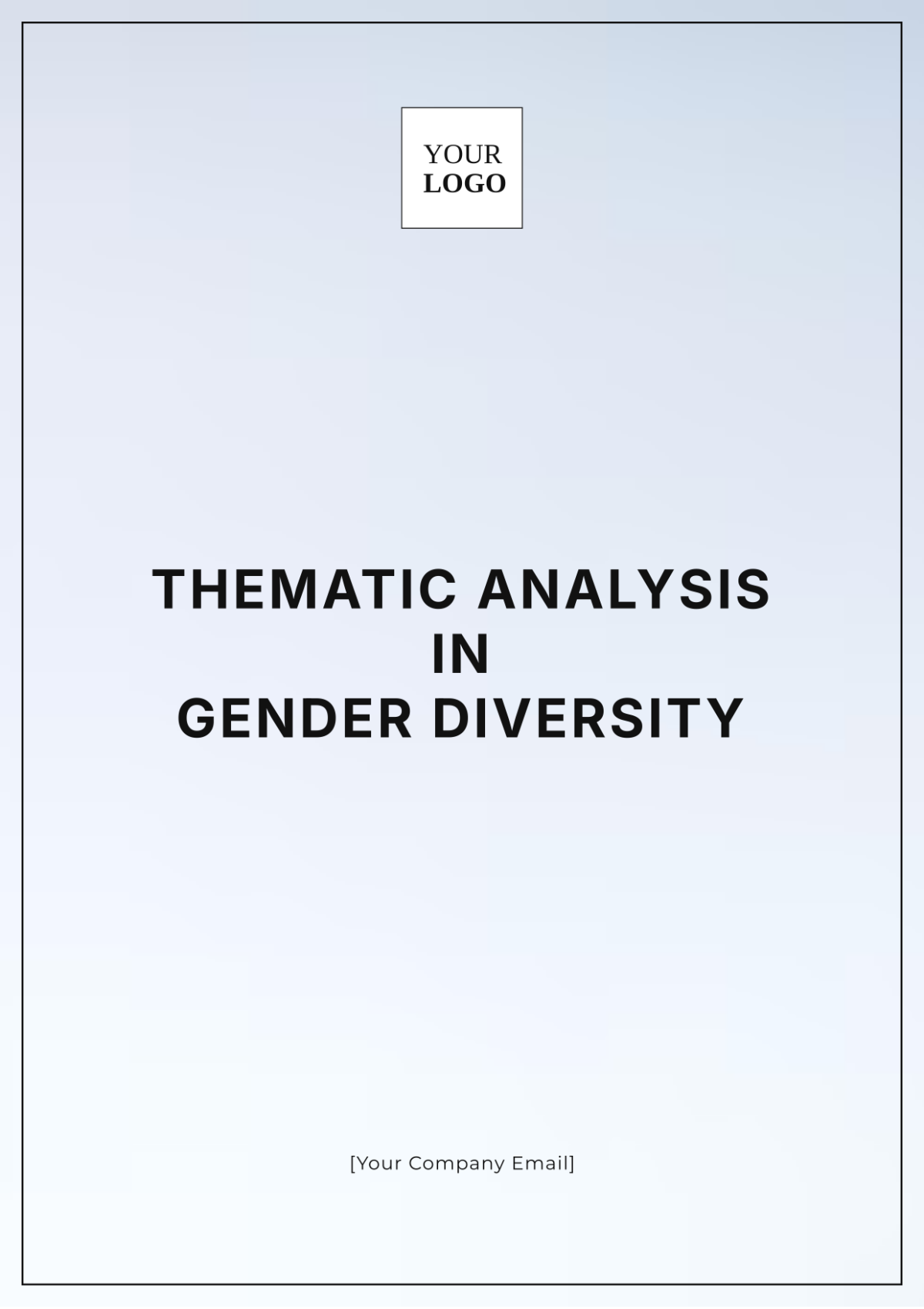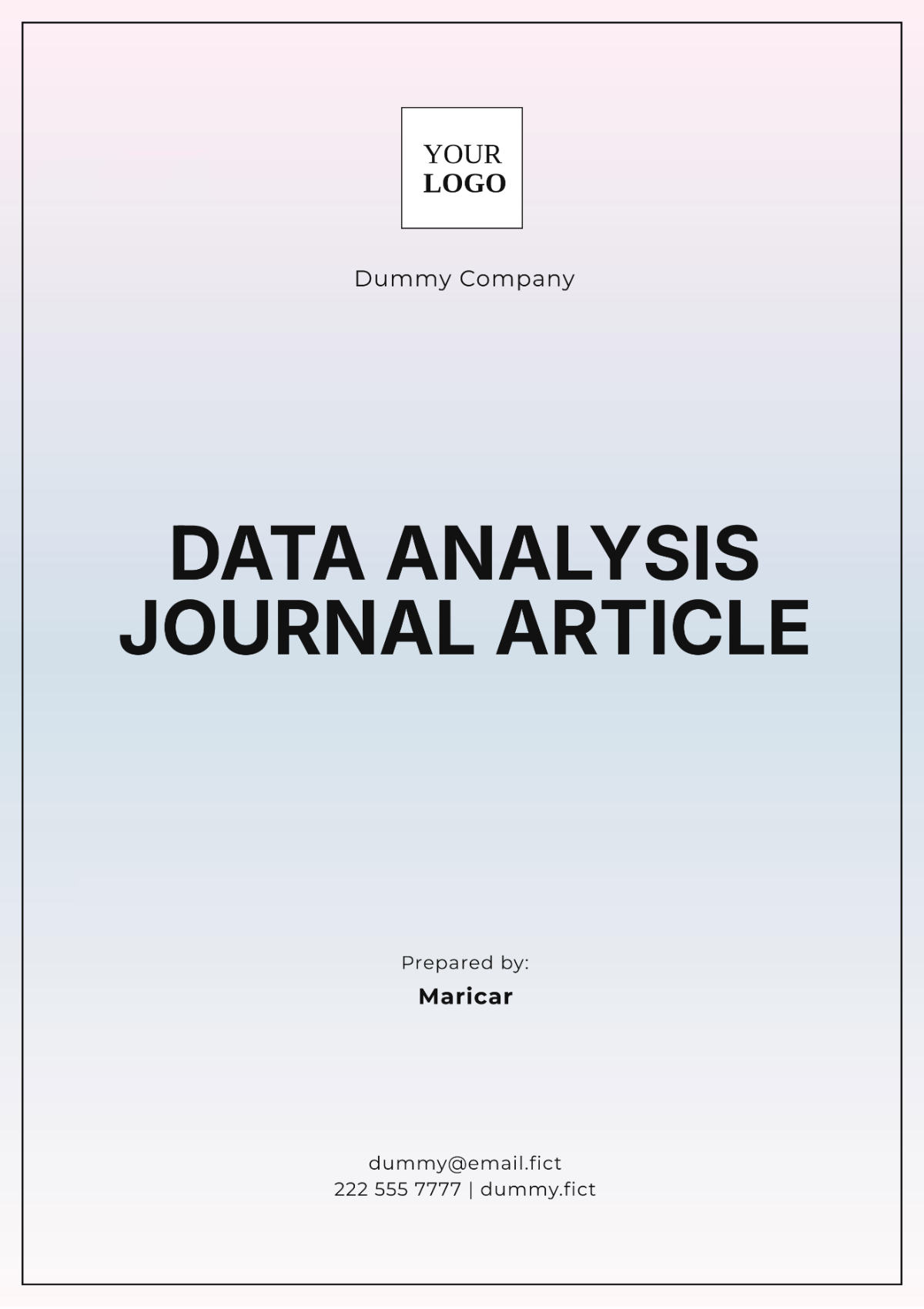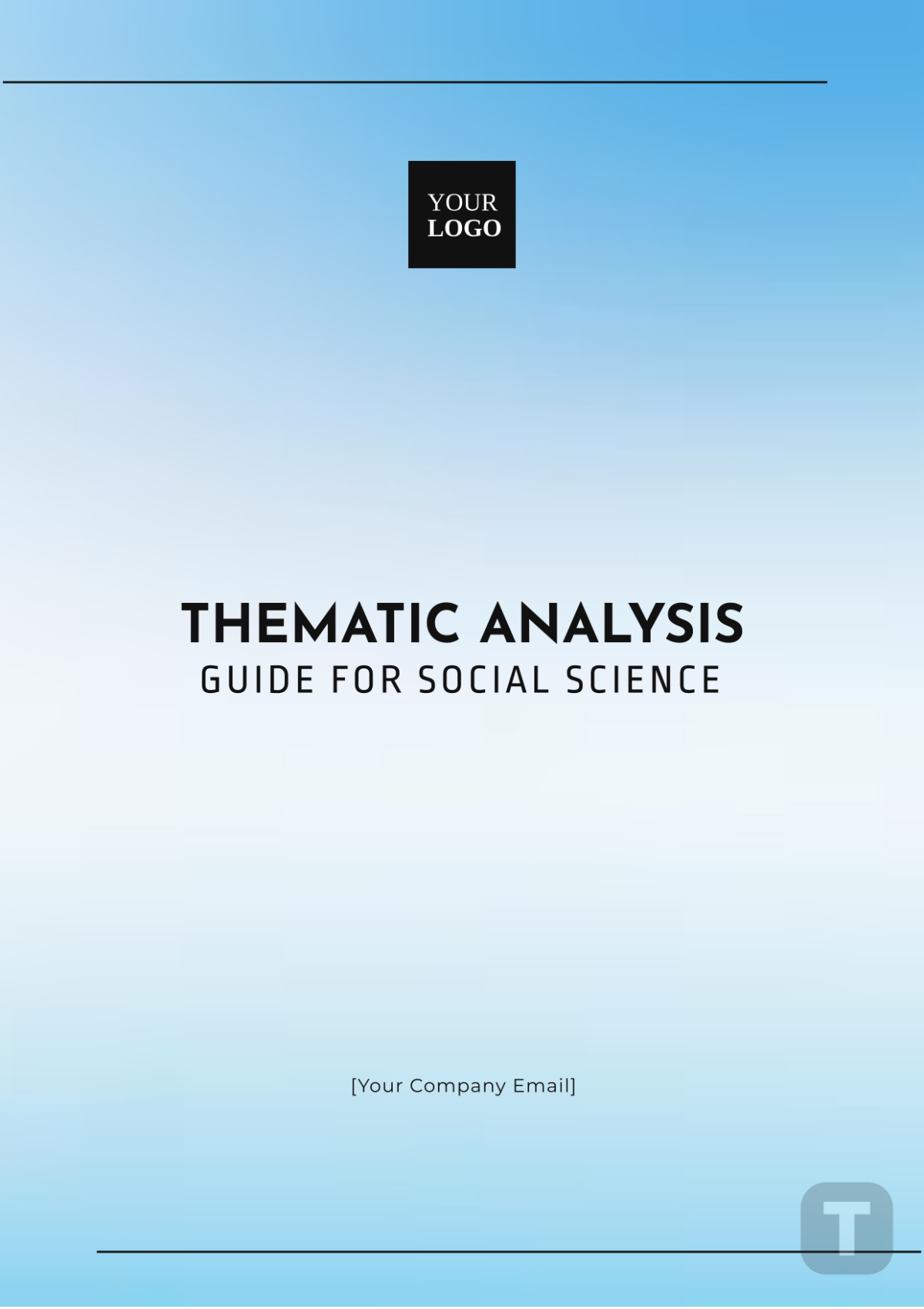Geographical Analysis
Prepared By: | [YOUR NAME] |
Company: | [YOUR COMPANY NAME] |
Department: | [YOUR DEPARTMENT] |
I. Introduction
A. Overview
This analysis aims to comprehensively examine and interpret geographic data to understand spatial patterns, relationships, and trends. It involves analyzing geographic features, such as maps, satellite imagery, and demographic data, to derive insights about the distribution and interaction of phenomena across different locations.
B. Key Objectives
1. Identify spatial patterns within the dataset.
2. Explore relationships between geographic features.
3. Analyze temporal trends in spatial data.
4. Provide actionable insights for decision-makers.
C. Stakeholders
Academic institutions, urban planners, environmental agencies, researchers, etc.
II. Methodology
A. Data Collection
1. Gather satellite imagery from NASA Earth Observing System Data and Information System (EOSDIS)
2. Collect demographic data from the United Nations Department of Economic and Social Affairs (UN DESA).
3. Obtain land use data from the United States Geological Survey (USGS) National Land Cover Database (NLCD).
B. Data Processing
Clean and preprocess raw data using GIS software.
C. Analytical Techniques
Utilize spatial analysis tools to identify clusters and hotspots.
Conduct regression analysis to examine relationships between variables.
III. Spatial Patterns and Relationships
A. Geographic Features
Analyze topographical maps to identify elevation variations.
Assess land cover types using satellite imagery.
B. Spatial Distribution
Map the distribution of population density across the study area.
Identify the spatial distribution of natural resources.
C. Interactions
Explore the relationship between land use patterns and transportation infrastructure.
Investigate the impact of urbanization on biodiversity hotspots.
IV. Trends and Implications
A. Temporal Analysis
Compare land cover changes over the past decade.
Examine population growth trends in urban areas.
B. Emerging Trends
Identify an increase in urban sprawl in certain regions.
Highlight the emergence of renewable energy infrastructure.
C. Implications
Discuss the potential environmental impacts of land use changes.
Recommend sustainable urban planning strategies.
V. Conclusion
A. Summary of Findings
Spatial analysis revealed distinct patterns in land use distribution.
Temporal trends indicate a shift towards urbanization.
B. Recommendations
Implement zoning regulations to protect ecologically sensitive areas.
Invest in public transportation infrastructure to mitigate urban sprawl.
VI. Appendices
A. Data Sources
Satellite imagery: NASA Earth Observing System Data and Information System (EOSDIS)
Demographic data: United Nations Department of Economic and Social Affairs (UN DESA)
Land use data: United States Geological Survey (USGS) National Land Cover Database (NLCD)
B. Technical Details
Details of GIS software used: ArcGIS Pro, Version 2.8
Parameters used in spatial analysis: Spatial resolution: 30 meters - Projection: WGS84 - Analytical tools used: Spatial Join, Kernel Density, Hot Spot Analysis.


